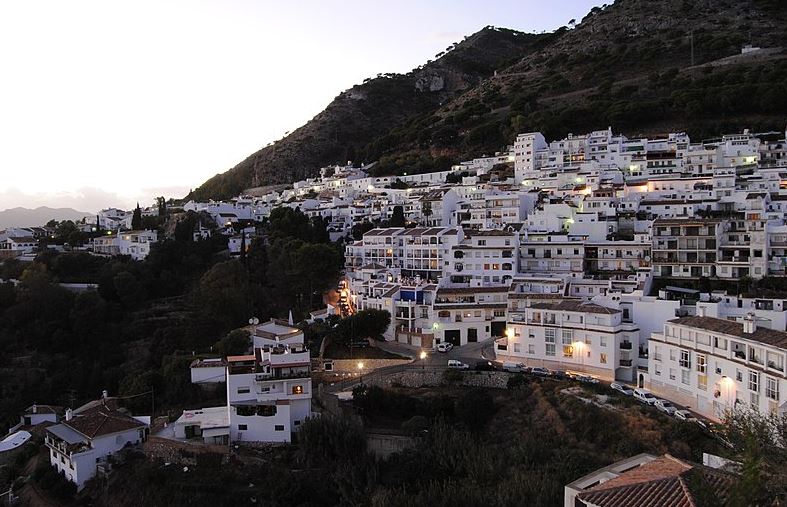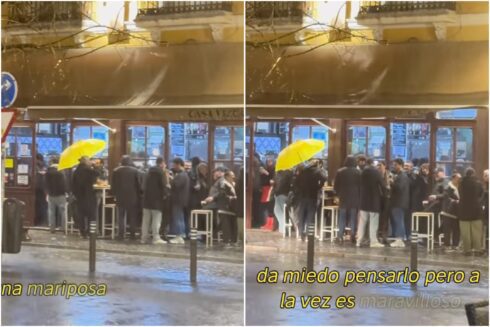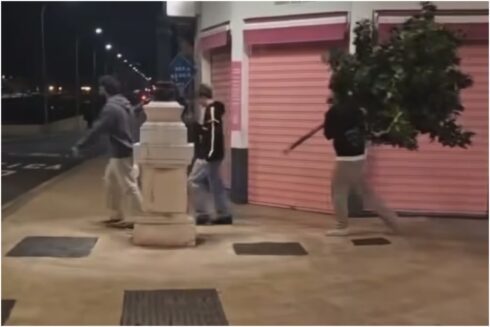AS you take a deep breath of mountain air from one of its many viewpoints, you can just about make out the hubbub of the fleshpots of Fuengirola and Benalmadena miles down below.
Although no more than a 15-minute drive from these anglicised resorts, the village retreat of Mijas seems thousands of miles away from the urbanisations down below.
A classic white pueblo with enchanting streets comes gift wrapped by a backdrop of picturesque mountains and framed in the foreground by the glistening sea below.
You are in the foothills of the Sierra de Mijas – now designated a National Park for its important ecology and nature, that includes eagles, vultures and deer – and a series of hikes head straight out of the village uphill towards ridges and peaks at well over 1,000 metres.
But, before heading off on an adventure of a lifetime, make sure to take your time poking around the village.
Discovering the charming Moorish pueblo is well worth the journey up the winding mountain road from Fuengirola.
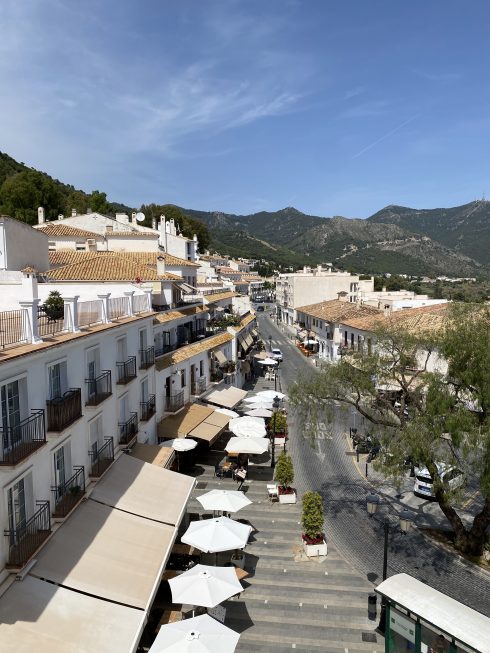
My driver had only just passed his test the day before, so the steep climb and sharp bends made for a brilliant baptism of fire. But when we got there it was immediately worth it.
Mijas looks exactly as one would imagine a classic white-washed Andalucian town.
Exploring it is like peeling an onion and each turn onto a new street seems to provide more beauty than the last. It’s almost impossible to put your mobile phone camera away.
But let’s be honest: no photo will capture Mijas’ true charm.
It is so much more than its individual constituent parts and there are lots of little treasures to discover.
Your first decision is what mode of transport to take around the town.
While I usually prefer shanks pony, the most iconic way to get around is by donkey. Known as ‘burro taxis’ or donkey taxis, the tradition started in the 1960s after tourists started to stop farmers on the narrow roads leading up to Mijas, admiring their animals and commenting on how strong they were. Soon, the savvy farmers had plonked them in the saddle.
Plodding around donning their beautifully embroidered bridles, there is no doubt the donkeys provide Mijas with a lot of its character, if there is increasing controversy regarding their welfare.
Luckily you can also take a horse taxi as well as a 100% electric tuk tuk from just €5.50 per person.
As you buzz, or walk about, make sure to take in the bullring, which has a unique oval shape – and was built in 1900, making it one of the oldest in Spain.
Also look out for the ancient Arabic wall of the old fortress, as well as two Mudejar churches, adding to the general Moorish feel, that gives a flavour of the larger Andalucian gems of Granada, Cordoba and Sevilla.
I would also suggest a visit to the Museum of Miniatures which collects miniature pieces of art , including Da Vinci’s Last Supper reproduced on a grain of rice.
For history lovers, the Ethnological Museum takes you through the village’s colourful past, how its locals used to live and how the village grew. Its most fascinating exhibit is a replica of the bedroom where a former Republican mayor, better known as the Mole of Mijas – hid for 30 years following the Spanish Civil War.
There is no shortage of bars and restaurants to stop for dinner, a coffee, a wine, or anything in between, and if you want to take things into your own hands, this can be done at Mayan Monkey Mijas, the smallest chocolate factory in the world.
Located just in front of the town hall, here you will find two cafes and a workshop which puts on sessions for both adults and children to make their own chocolate bars.
One of the most notable characteristics of Mijas though, is the general sense of contentment – backed by the locals I spoke to.
Take Chema’s Terrace, where I found locals and expats swapping banter during a regular Thursday art class as they copied a painting of Picasso, who famously hails from nearby Malaga.
Owner Chema Castellano, 52, fell in love with the charm of Mijas when he moved here from Barcelona 19 years ago after a holiday. “My friends back home said I was crazy, that to come on holiday here is one thing but to live is another.
“But when you live here you realise every day is varied…in Barcelona you just go to work during the week and go out at the weekend. There is no way I’m going back.”
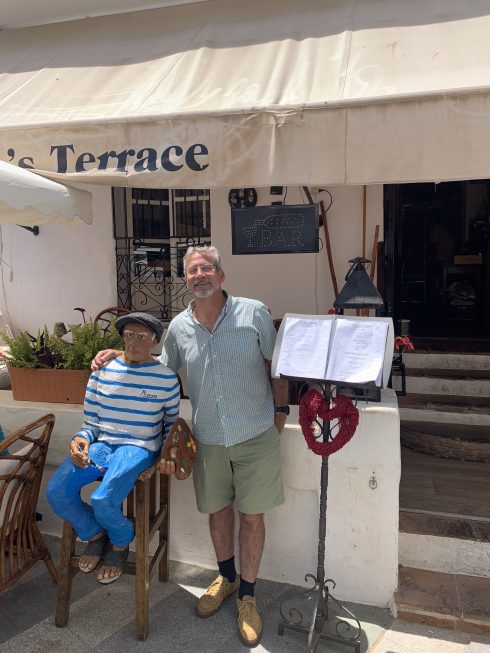
George Clooney
Argentinian Jessica Santander, 41, moved here after being offered a job at Restaurant Meson Meguiñez nine years ago by a man who looks like ‘George Clooney’.
She’s referring to Canadian Thomas Weller, one of the two owners of the restaurant. “They were the two most beautiful men I’d ever seen. One was like George Clooney. I knew I had to take the job and stay,” she explained. A decade later she has no regrets. “I still love it here.”
In particular, she loves the town’s wonderful tourists, explaining that many customers come back year after year and bring her and her three-year-old daughter presents.
“I was here working when I was pregnant and they got to know my daughter when she was one, two, three…that is very special and I am still in touch with many of them.”
It is easy to see why so many tourists flock to the town, and why so many return and stay. The pueblo is quite clearly a gem of the Costa del Sol, and one not to be missed.
READ MORE:
- Vitoria-Gasteiz: Why this little visited city in northern Spain should be on your travel…
- TRAVEL: Nine breathtaking UNESCO sites in Spain you should put on your bucket list
- Ten of the best open air museums to visit in Spain

